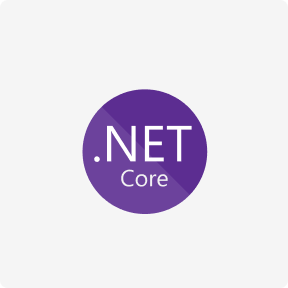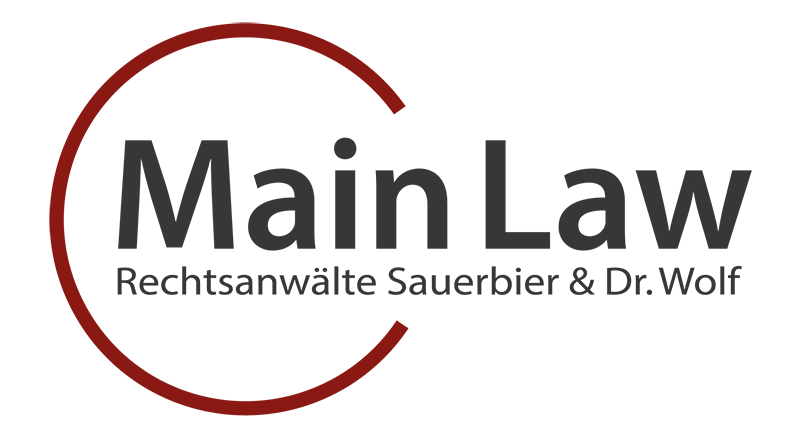Top 10 Best Manufacturing Software for 2023
But there are also manufacturing systems and the use of quality control management that are required to meet health regulations. The most benefits of a manufacturing ERP are often realized when companies purchase solutions catered to their individual needs. For example, its Warehouse Management module offers tools to streamline the management of your warehouse, from label printing and barcoding to bin replenishment and process automations.
For more manufacturing systems and features, look through our detailed comparison guide. Process manufacturing refers to the processing and combination of raw materials and ingredients to create finished products like food, beverages, plastics and more. These manufacturers typically use manufacturing software that aligns with process manufacturing operations. Process manufacturing software automates workflows to meet clients’ needs sooner. While most ERP systems will have a common set of features, process manufacturing ERP software has the additional benefit of including functions that are specific to the process manufacturing industry.
What materials can be used in rapid prototyping?
Too much time dealing with inefficient or unorganized warehouse processes means you have to pay employees for your chaos, instead of their talents. For example, you can integrate it with your automated machinery, then use it to print labels and barcodes, know when your stock is running low and order bin replenishments. We searched and searched, but we couldn’t find any products
in our database that match your criteria. They’d be happy to provide a list of
free recommendations
that meet your exact requirements. We’ve evaluated top ERP solutions based on key criteria like cost, functionality, ease of use, and customer support. The sales and customer management component shadows all your sales opportunities and lead activities from initial contact to closing a deal throughout the sales cycle.

Similar to quality, solutions contain various safety modules to diminish production accidents and injuries. This solution could also help you perform thorough safety audits, meet Occupational Safety and Health Administration (OSHA) and other regulations and show you a clear snapshot of high-risk areas to keep a safe working environment. It’s critical to keep your employees safe while meeting the production quota.
Manufacturing Software by Type
This module manages data accuracy for your receipts, movements, transfers and more. Get immediate real-time inventory transactions on a Wi-Fi network with barcode scanning. The production scheduling module possesses a nifty automatic schedule generator that allows you to color-code work order statuses and even a drag-and-drop rescheduling tool. Find every step a group takes in its production route via the scheduling tool. Automation capabilities and reduced spoilage are just a few factors that can make your day-to-day processes easier while optimizing revenue opportunities. With the rise of technology and increased consumer knowledge, it’s become increasingly common for customers to boycott organizations that use conflict minerals or practices that they deem not environmentally friendly.

As a result, manufacturers need to rely on advances in computing power and manufacturing software to automate traditional factories and make the right decisions. The best software for manufacturing business depends on what areas the company needs to improve. There are multiple types of software, each made to tackle different aspects of operations. The manufacturing software you choose should ultimately increase productivity, streamline or automate production, increase revenue, and improve customer satisfaction. The best manufacturing software depends on the size of your company, how many users you want to add, and which operational improvements are needed.
What Businesses Typically Budget for Manufacturing Software
Garner interactive images, reporting and data analysis from mobile devices or PCs in any location. This system can also ensure that it is financially beneficial to produce customized products. This transparency helps you identify better production goals for your team, isolate the factors that result in losses and detect sudden disappearances of stock that require further investigation.
- SAP uniquely offers solutions to complement its SAP Business One ERP, thereby giving manufacturers the ability to operate in a sustainable manner.
- It does so via an all-in-one ERP and quality management system (QMS) software.
- An ERP can unify all your sales touchpoints to help you create a consistently great experience no matter how customers engage with your brand.
- During this time, work was done by skilled artisans who eventually formed guilds to protect their craft and privileges.
- ProjectManager is online project management software that connects teams whether in the office, on the production floor or anywhere in between.
- Manufacturing process planning helps manufacturers to evaluate alternative manufacturing scenarios, maximize resource utilization, and optimize throughput from the very beginning of the product lifecycle.
- An example of a regulatory change that process manufacturers had to account for occurred in 2000 when the EPA issued a hexane emissions restriction for American producers of crude vegetable oil and similar products.
The basic difference can be boiled down to process manufacturing relies on formulas and discrete manufacturing assembles parts in a prescribed process to produce a distinct item. We’ve already touched on the advantages of process manufacturing, but it’d be a disservice to not dig deeper into explaining the benefits. Manufacturing used to make things by hand or construct complex individual products that needed many unique parts. It decreases labor costs, adds efficiency and, by so doing, increases the profit margins. Process manufacturing is a method of combining supplies, such as ingredients or raw materials, and using a predetermined formula or recipe to produce something. The process manufacturing production method is commonly used in bulk production and follows sequential steps.
Acumatica – Best for ERP
The fourth constraint is capacity—or the ability to make a product within the production facility itself. Deployment Automation seamlessly enables deployment pipeline automation reducing cycle times and providing rapid feedback on deployments and releases across all your environments. With Deployment Automation, you will be able to deliver high-quality, valuable software in an efficient, fast, and compliant manner. Other 3D printing methods for rapid prototyping include selective laser melting (SLM), laminated object manufacturing (LOM), digital light processing (DLP), and binder jetting. SLM, or powder-bed fusion, is another metal additive method that builds prototype or production parts layer by layer from titanium, aluminum, stainless steel, and other metal powders. DLP technology is similar to SLA but is faster and cheaper, though it may also require support structures during printing and curing afterward.

Process manufacturing software accounts for all of these aspects so that you can ensure safety and quality when developing your products. Because different governments heavily regulate companies in sectors such as food and beverage and pharmaceuticals, process manufacturing systems often have legal compliance in mind. Investing in a solution catered to manufacturing software solutions process manufacturing streamlines productivity and automates manual tasks. Effective process manufacturing enhances quality, dwindles fees and strengthens safety. The idea is to choose the solution that best aligns with your organization’s requirements. If you’re looking for more manufacturing applications, take a look at our in-depth comparison guide.
Features Guide
Rapid prototyping lets designers and engineers evaluate and test versions that look and operate like final products early in product development, reducing the risk of finding design flaws closer to or during production. Both SLA and SLS 3D printing are more expensive than FFF but produce stronger, more functional, and more accurate parts than FFF. SLA uses lasers to cure a versatile selection of resins into hard plastic parts with high resolution and tight tolerances. SLS is a popular rapid prototyping approach for making works-like and engineering prototypes for functional and in-field testing. It uses high-powered lasers to sinter together particles of many kinds of powders, including metals.
As PFAS Regulations Increase, Software Helps Manufacturers Find Alternatives – ENGINEERING.com
As PFAS Regulations Increase, Software Helps Manufacturers Find Alternatives.
Posted: Sun, 22 Oct 2023 07:00:00 GMT [source]
It helps businesses reduce steps in the manufacturing process to increase productivity. In today’s digital era, implementing the right manufacturing software is crucial for small businesses in the industry to optimize production, reduce costs, and make data-driven decisions. This blog post highlighted 10 leading manufacturing software options for SMBs to consider in 2023 based on features, benefits, and affordability. Order tracking is automated within an MRP system by continuously updating the status of orders throughout the production process.
Which software is best for manufacturing?
This is typically used by manufacturers which specialize in made-to-order/engineer-to-order/custom products and large amounts of small or limited runs of products. This tool also generates work and ship orders for items that need transferring to suppliers based on demand. You gain status tracking on products such as inventory in-transit location details, rejects, ship orders, supplier-specific pricing and more. You’ll have clarity on supply chain characteristics related to product assembly, planning, shipping and tracking of sub-contracted products either wholly or partially manufactured by outsourced vendors.

